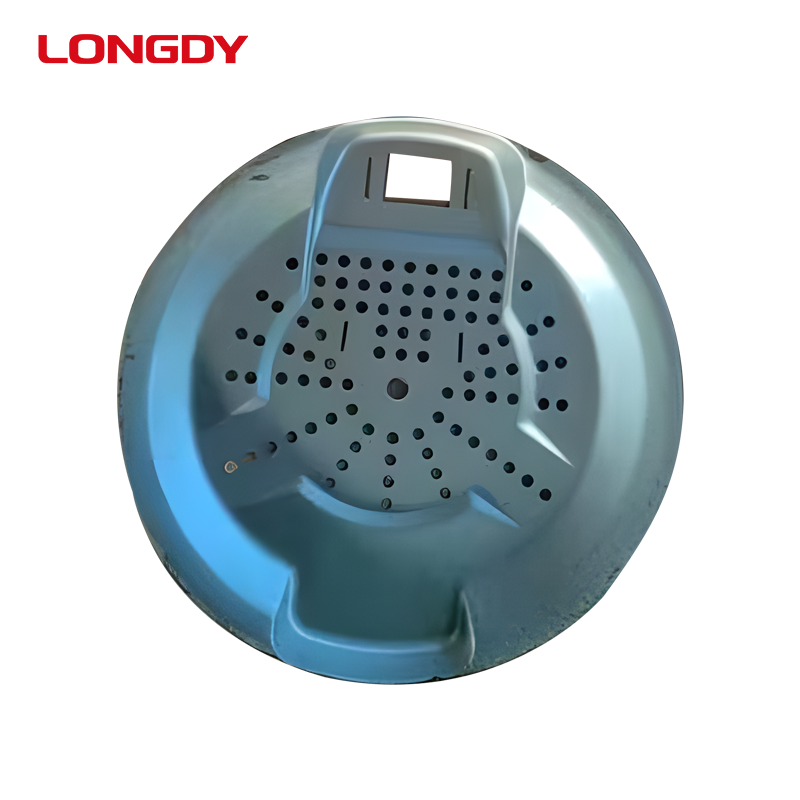The problem of white spots is very common during the injection moulding process. These white spots not only affect the appearance of the product, but may also have an adverse effect on the performance and service life of the product. Therefore, it is critical to understand why white spots occur and how to prevent and solve the problem.
Simply put, white spots are small particles that appear on the surface of plastic products similar to white spots. The appearance of white spots may make plastic products appear less than aesthetically pleasing, but more seriously, they may affect the performance of the product or even cause it to fail.
How do white spots appear in the injection moulding process? The production of white spots is mainly related to the following aspects:
1. Problems with raw materials: moisture, volatile components and other substances in raw materials may produce gases during the injection moulding process, and these gases form gas bubbles in the plastic melt. When the bubbles rupture, they will leave traces similar to white spots, i.e. white spots, on the surface of the plastic.
2. Mould problems: poor exhaust of the mould, uneven cooling and other factors may lead to the production of white spots.
3. injection moulding process problems: the control of pressure, speed, temperature and other parameters in the injection moulding process has a great influence on the production of white spots. If the parameters are not set properly, it may lead to unstable flow of the melt, thus producing bubbles and white spots.
Once you understand the causes of white point, you can take appropriate measures to prevent and solve the problem. Here are some suggestions:
1. Choose high-quality raw materials: when choosing raw materials, you should try to choose raw materials with low moisture content and low volatile components. In addition, the raw materials should be fully dried to reduce the moisture content.
2. Optimise mould design: When designing the mould, attention should be paid to improving the exhaust performance of the mould to ensure that the melt can be fully exhausted. At the same time, the cooling system of the mould should be optimized to make the cooling process more uniform.
3. Adjustment of injection moulding process parameters: In the actual injection moulding process, the pressure, speed, temperature and other parameters should be reasonably adjusted according to the requirements of the products and the characteristics of the raw materials.
4. Use of release agent: In the production process, you can use the right amount of release agent to reduce the production of white spots.
5. Strengthen the product quality inspection: in the production process, should strengthen the product quality inspection, timely detection and treatment of white spots. For the products that have already appeared white spots, they can be repaired by grinding, polishing and other methods.

